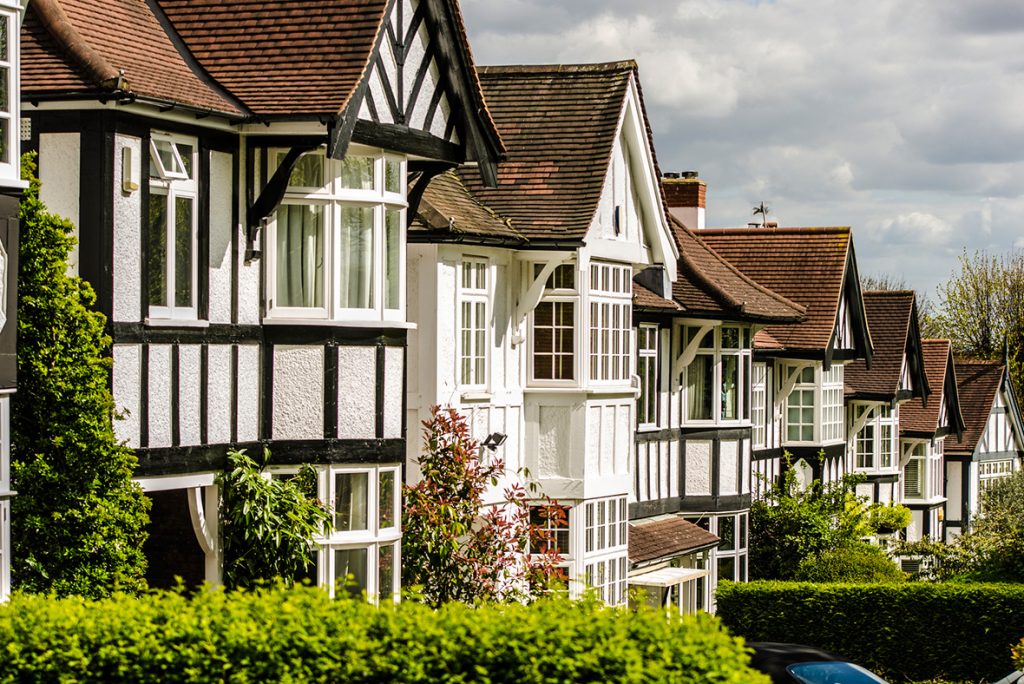Annual UK Home Price Growth Slows 0.3% in September
UK annual property price growth slowed in September 2016 to 5.3%, down 0.3% from August, according to the latest figures from the Nationwide.
Average property prices fell from marginally over the month by £130 to £206,015. The values have not been seasonally adjusted, states the newly-published Nationwide House Price Index.
But there is some good news for the construction sector, with signs that more houses are being built in regions where affordability is more stretched and where it is likely to be needed the most.
Robert Gardner, Nationwide’s Chief Economist, says, “The pace of annual house price growth slowed to 5.3% in September, from 5.6% in August, though it remained within the narrow range of 3% to 6% that has prevailed since early 2015.
“The relative stability in the rate of house price growth suggests that the softening in housing demand evident in recent months has been broadly matched on the supply side of the market. Survey data indicates that, while new buyer enquiries have remained fairly subdued, the number of homes on the market has remained close to all-time lows, in part due to low rates of construction activity.”
Regions in the south east of England continued to record the strongest gains even though price growth slowed noticeably in the Outer Metropolitan region from 12.4% in Quarter 2 to 9.6% in Quarter 3 and in London from 9.9% in Quarter2 to 7.1% in Quarter 3.
House price growth remained subdued in Scotland at 2% and Northern Ireland at 2.4% and small price annual declines were recorded in Wales (0.5%) and the North of England (0.2%).
Although the number of new homes built in England has picked up, it is still not sufficient to keep up with the expected increase in the population, says Mr Gardner.
In the year to Quarter 2, 2016, 139,000 new houses were completed, 30% higher than the low point seen in 2010. However, this is still around 15% below the average rate of building in the five years before the financial crisis and 38% below the 225,000 new households projected to form each year over the coming decade.
“With interest rates expected to remain low and schemes, such as Help to Buy, helping to provide those with smaller deposits access to finance, housebuilders should have confidence that there will be sufficient demand from buyers if more homes are built.
“The major housebuilders appear to have capacity to expand output, with most reporting land banks that could support around five years’ worth of construction at current rates of building activity. However, there is a risk that the uncertain economic outlook may weigh on activity in the period ahead.”
Regions that are more affordable, including the North West and Yorkshire & Humberside, have seen the smallest increases in housing stock, with a rise of 1.6% from 2013-2016, below the increase of 2.2% recorded in England and Wales as a whole.
“By contrast, areas such as the Outer South East and the South West, where house prices were relatively expensive, have seen the housing stock rise much more quickly – by 2.4% and 2.6% respectively, over the same period.
“There is a fairly close linear relationship between increasing affordability pressures and increases in housing stock, at least when London and the Outer Metropolitan regions are excluded. This suggests that supply has been less responsive to rising affordability pressures than we might have expected in the capital and the surrounding area.
“Even though London saw the largest percentage increase in its housing stock over the period (2.9%), we would have expected a rise of 4.3% given the elevated house price to earnings ratio and the experience of other regions.
“Similarly, given the elevated house price to income ratio in the Outer Metropolitan region, we would have expected the housing stock to rise by 3.2% rather than the 2.1% recorded over the same period.”
There were tentative signs of a convergence in house price growth amongst the English regions. Most southern regions saw a slowing in annual price growth compared with Quarter 2, while a number of northern regions, such as the North West, saw a pick-up in growth.
Overall, prices in Southern England (South West, Outer South East, Outer Metropolitan, London and East Anglia) were up 7.5% year-on-year, whilst in Northern England (West Midlands, East Midlands, Yorkshire & Humberside, North West and North) prices rose by 4%.
“Nevertheless, it remains the case that prices in Southern England are well above pre-crisis levels, while those in the North, North West and Yorkshire & Humberside are still below their 2007 peaks,” Mr Gardner points out.


